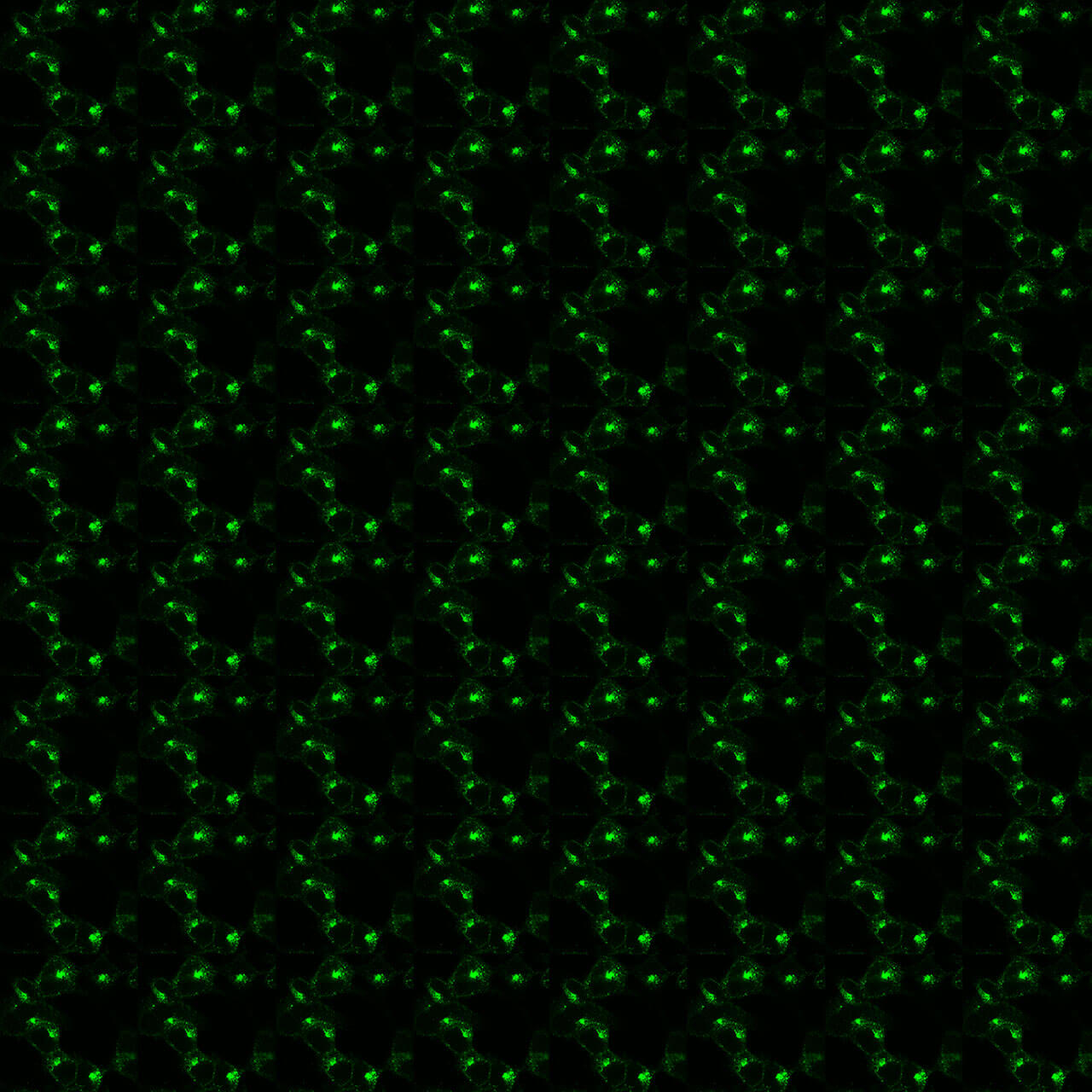CC Chemokine Receptor 7 Antibodies
CCR7 (C-C chemokine receptor 7) is a G protein-coupled receptor involved in directing the migration of immune cells to lymphoid organs. It is primarily expressed on naive T cells, central memory T cells, dendritic cells, and to a lesser extent, B cells. CCR7 guides these cells to lymph nodes by responding to its ligands, CCL19 and CCL21, which are expressed in lymphoid tissues. CCR7 is a potential pharmacological target in various disease contexts. In cancer, its expression is associated with lymph node metastasis, making it a candidate for anti-metastatic therapies. It is also of interest in autoimmune diseases and transplant rejection, where modulating immune cell trafficking could be therapeutic. For more information on CCR5 pharmacology please refer to the IUPHAR database. For further reading refer to:
Isaikina P, Petrovic I, Jakob RP, Sarma P, Ranjan A, Baruah M, Panwalkar V, Maier T, Shukla AK, Grzesiek S. A key GPCR phosphorylation motif discovered in arrestin2⋅CCR5 phosphopeptide complexes. Mol Cell. 2023 Jun 15;83(12):2108-2121.e7. doi: 10.1016/j.molcel.2023.05.002. Epub 2023 May 26. PMID: 37244255.
Bachelerie F, Ben-Baruch A, Burkhardt AM, Combadiere C, Farber JM, Graham GJ, Horuk R, Sparre-Ulrich AH, Locati M, Luster AD, Mantovani A, Matsushima K, Murphy PM, Nibbs R, Nomiyama H, Power CA, Proudfoot AE, Rosenkilde MM, Rot A, Sozzani S, Thelen M, Yoshie O, Zlotnik A. International Union of Basic and Clinical Pharmacology. LXXXIX. Update on the extended family of chemokine receptors and introducing a new nomenclature for atypical chemokine receptors. Pharmacol Rev. 2013 Nov 11;66(1):1-79. doi: 10.1124/pr.113.007724. Print 2014. Review. Erratum in: Pharmacol Rev. 2014 Apr;66(2):467. PubMed PMID: 24218476; PubMed Central PMCID: PMC3880466.
 CCR7 (IHC-grade), CC Chemokine Receptor 7 Antibody
CCR7 (IHC-grade), CC Chemokine Receptor 7 Antibody 
